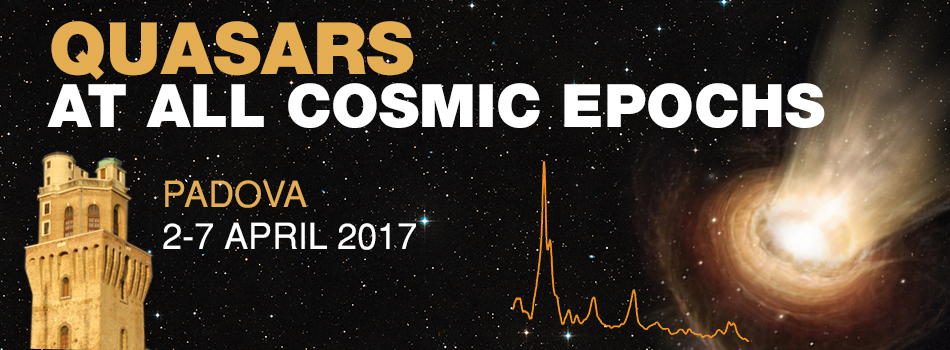About Padua
Padua is one of the most important cities in the northern Italy and it lies in the east region of the Venetian Plain, 35 km from Venice. It is one of the oldest city in this region: a legend dating back to Vigil's Aeneid affirms that the Trojan prince Antenor, after fleeing its hometown, founded the city in 1183 BC. Recent studies confirmed that the town centre was founded in the 11th century BC by the Veneti, the people who lived in northern Italy during the II and I millennium BC. Around the 1st century BC, the city turned into a Roman municipium and it became a real roman town: monuments of those times, such as the Roman Amphitheatre and the San Lorenzo Bridge, are scattered around the city.
During the Middle Age and Renaissance, artists like Giotto, Andrea Mantegna, Filippo di Tommaso Lippi, Donatello and Canova lived and worked in the city; furthermore, the architect Andrea Palladio was born here.
Padua is also famous for its University, one of the oldest in the world. In order to get more academic freedom, some students and professors of the University of Bologna moved to Padua and founded the University in 1222.
From the 15th to the 18th century it was one of the most important universities in the whole world and several of the most illustrious people of that time studied or taught here: Copernicus, Nathaniel Eaton, Falloppio, William Harvey and Giovanni Battista Morgagni to cite only a few of them. Elena Lucrezia Cornaro Pisacopia was another important student in this university: graduated in 1678 she was the first graduated woman in the world.
Galileo Galilei also lived and taught in Padua: here he studied the Moon and Jupiter with his telescope, he discovered the four Galileans moons and he taught anatomy in the first anatomy theatre of the world. In the historical seat of the University, the Bo palace, it is possible to visit the anatomy theatre and Galileo’s original desk.
Today, Padua is still one of Italy's most important university town; furthermore, the Osservatorio Astronomico di Padova ad the university itself are well-known worldwide for their astronomical communityn which honours the tradition started more than 400 years ago by Galileo Galilei.
Places of Interest
| Specola | |
|
credits: www.beniculturali.inaf.it |
The Specola is the home of the historical astronomical observatory of the University. It is situated in the highest tower - the Torlonga - of the ancient castle of the city. |
| Scrovegni Chapel (Cappella degli Scrovegni) | |
|
credits: turismopadova.it |
The Scrovegni Chapel is Padua's most famous monument: built by the Scrovegni family in the early 1300s, the chapel contains a fresco cycle completed by Giotto in 1305. Website: Cappella degli Scrovegni |
| Basilica of Saint Anthony (Basilica del Santo) | |
|
credits: Stefan Lew, wikipedia.it |
The Basilica of Saint Anthony, also known in Padova as il Santo "the Saint", is the most important church in the city. Its construction begun in 1232, the year after St. Anthony's death (the saint to whom the Basilica is dedicated), and it was completed in 1310. Here lies St. Anthony and some of his relics are displayed in a chapel inside the main building. For that reason it has always been destination for pilgrimages. Inside, the church is lavishly decorated by frescoes and other artworks, produced by several artists, during the centuries after the construction. Contiguous with the Basilica is a convent whose cloisters are open to visit, together with the main church, every day. Website: Basilica di Sant'Antonio |
| Bo Palace (il Bo) | |
|
credits: Marco Bisello, wikipedia.it |
The Bo Palace is the historical seat of the University of Padua. It was originally the residence of the Papafava family, but after 1405 it became an inn called "Hospitium Bovis" (Hotel of the Ox), whose sign was the head of an ox. When the University took possession of the building in 1539, it kept the head of the ox as its official emblem and the name "the Bo" (the Ox) continued to be used. Today, the Bo Palace is the home of the rectorate and of the law school. Website: Il Bo |
| Botanical Garden | |
|
credits: ortobotanicopd.it |
Padua's botanical garden, founded in 1545, is the world's oldest academic botanical garden that it is still in its original location. Website: Botanical Garden |
| Palazzo della Ragione | |
|
credits: Stefan Bauer, wikipedia.it |
The Palazzo della Ragione was the seat of the city courthouse from the 14th to the 18th century. The upper floor is a single great hall and it is said to be the greatest hall in all Europe with a roof unsupported by columns. In order to support its weight, the wooden roof comes with the shape of the hull of a ship. The building divides two of the three main square in the city: Piazza della Frutta (Square of the Fruits) and Piazza delle Erbe (Square of the Herbs) which host two daily markets. |
| Prato della Valle | |
|
credits: wikimapia.org |
Prato della Valle is the city's largest square and one of the largest in Europe. It has been an important part of the city since the roman period, but it assumed the actual configuration between the 18th and 19th century with the architect and politician Andrea Memmo. Prato della Valle is composed by a central island, the Isola Memmia (Memmia Island), which is surrounded by a small canal bordered by two ring of statues. Built by various artists between the 1775 and 1883 from stone of Vicenza, these statues represent several important people linked to the history of Padua. The most interesting statue is the one sculpted by Antonio Canova: it represent the scientist Giovanni Poleni. However, this masterpiece was substituted with a copy in 1963, in order to protect it from damages. |








